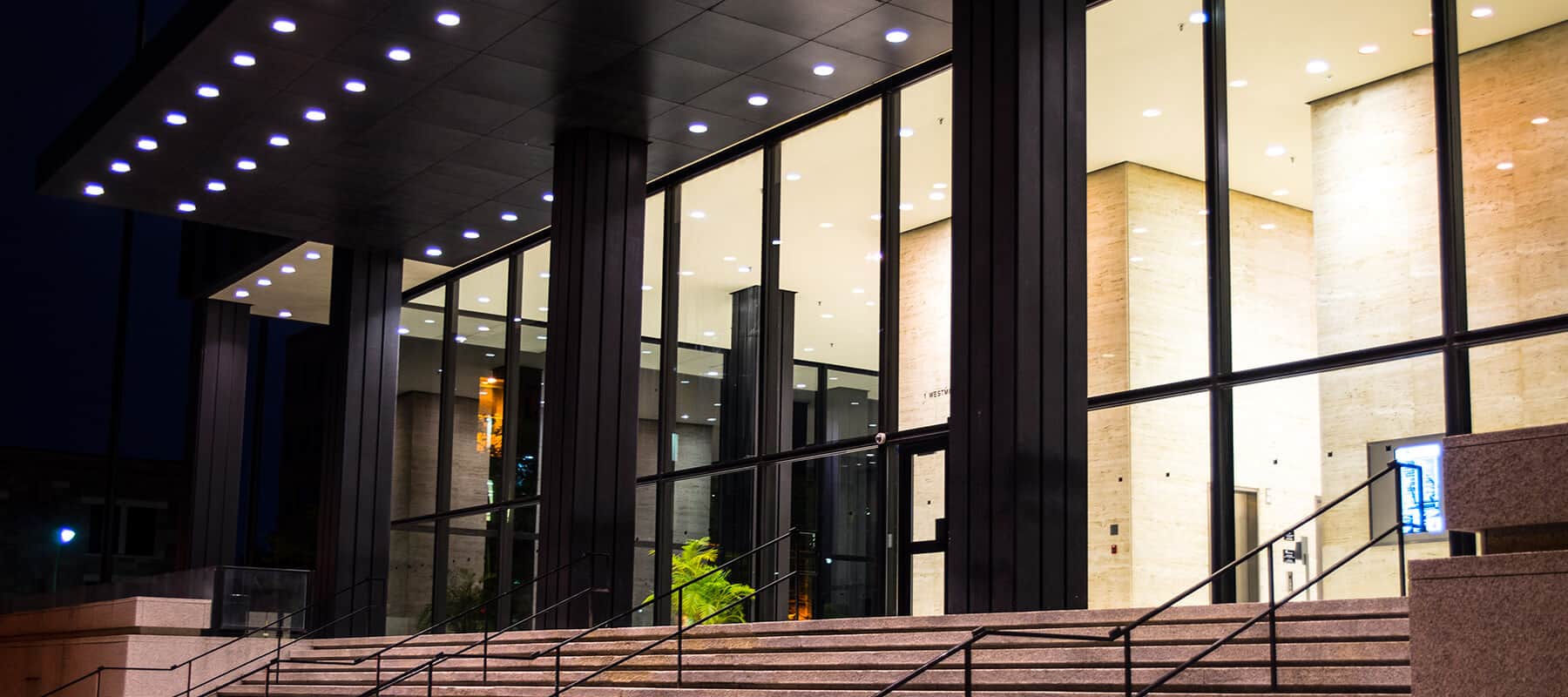Large ears are common, especially amongst adult men. This refers to ears that have a marked height, with or without them also sticking out from the head. Dr. Amanda Fanous performs the “Firmin technique”, a customized surgical innovation tailored to each individual patient in order to make the ears smaller overall and more appealing.
Ear reconstruction of congenital and acquired deformities
Ear defects can be the result of congenital hypoplasias (meaning from birth such as microtia), trauma, cancer excision or complications from a previous otoplasty surgery to correct prominent ears. Regardless of the cause, reconstructing partial or total ear defects requires an experienced surgeon with a detailed knowledge of the three-dimensional morphology of the ear.
Reconstructing an ear usually requires the harvest of cartilage grafts. Small ear defects can occasionally be corrected without grafts, or with cartilage taken from the bowl of the ear (conchal cartilage). However, large defects require rib cartilage (costal cartilage), taken from a small incision on the chest.
Ear reconstructions using rib cartilage are performed under general anesthesia. Some can be performed in a single stage but most are performed in two stages spaced 6 to 12 months apart.
The first surgery takes about 4 to 6 hours. It consists of harvesting rib cartilage, which is then carved to reproduce a detailed ear structure. The sculpture is then placed in a pocket under the skin.
The second surgery, performed 6 to 12 months later, takes about 2 to 3 hours. It serves to make the ear stand out from the head, thus creating a groove behind the ear to allow the patient to wear glasses and tuck hair.





 The clinic
The clinic

